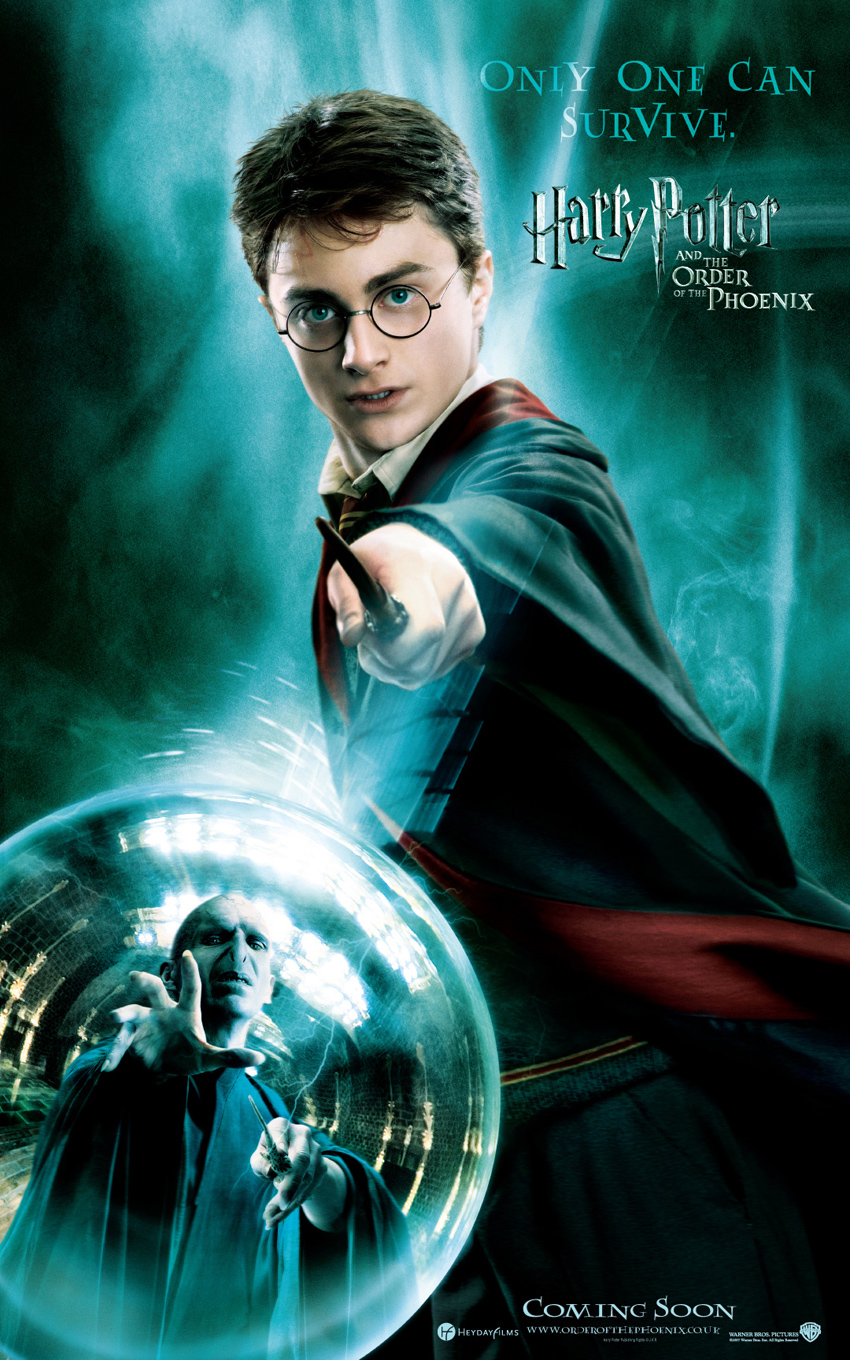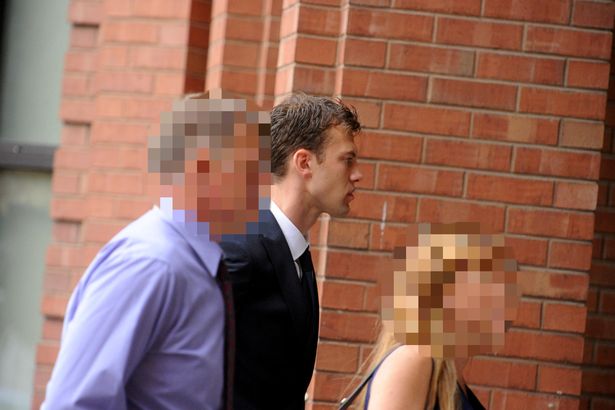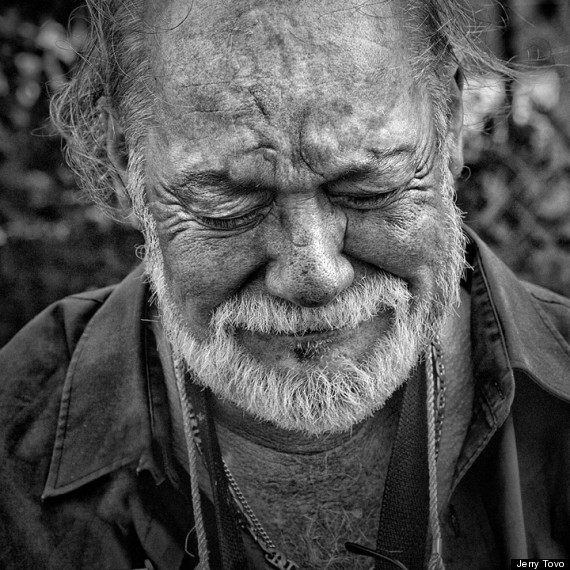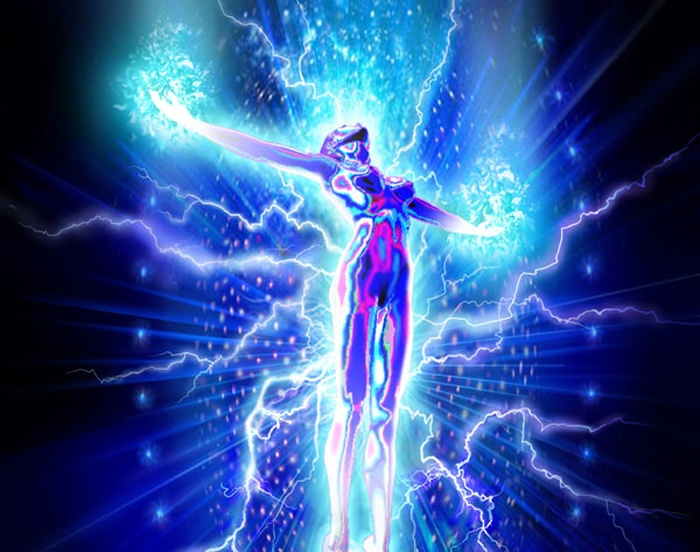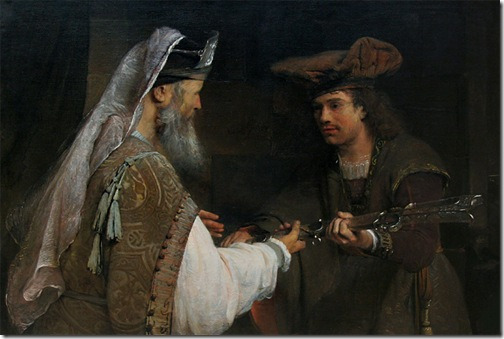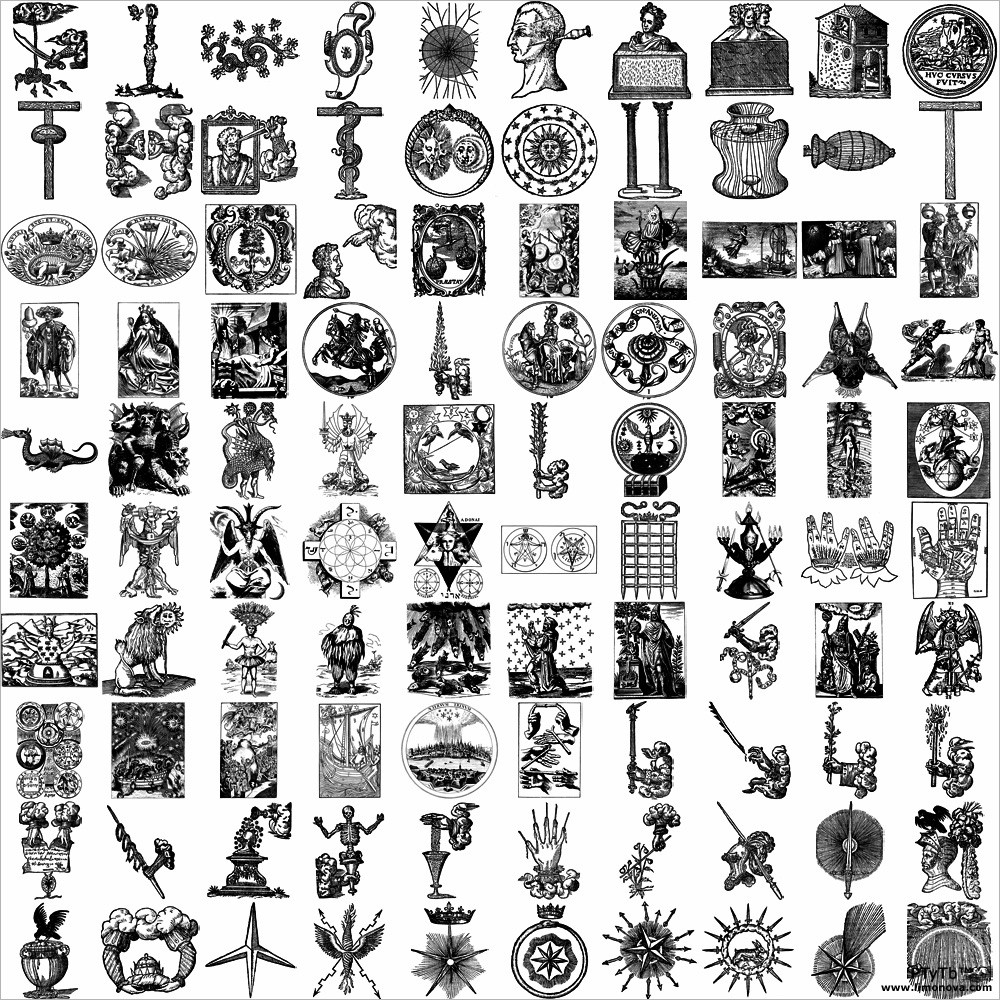“My brain is the key that sets my mind free.”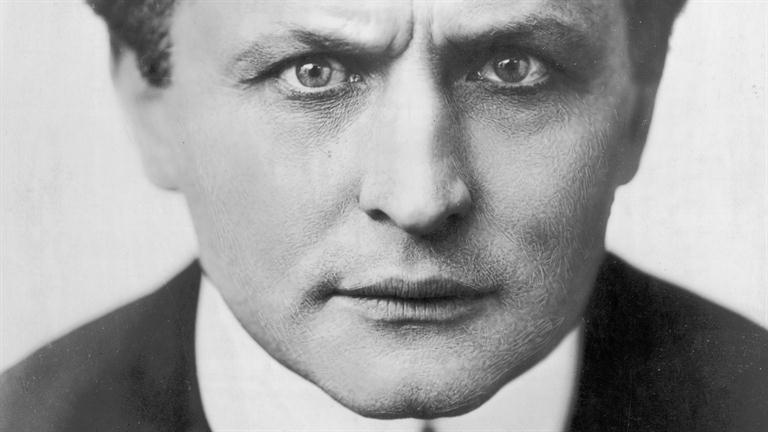
(By 33rd Degree Freemason and Author, Todd E. Creason) – Every day, the boy’s boss, the local locksmith, went to get a few beers over the lunch hour. Most days, he didn’t leave the boy alone with a hulking, surly giant, but one day he did. There was no question that the boy was afraid. The man was the ugliest, most terrifying looking character the boy had ever seen, with a bristly beard, a mean disposition, and an jagged scar that ran down the side of his face. And this man—a criminal and prisoner—was wearing heavy handcuffs. The sheriff had brought his prisoner, handcuffs and all, into the shop because he’d broken his key off in the lock, and there was no way to get the handcuffs off.
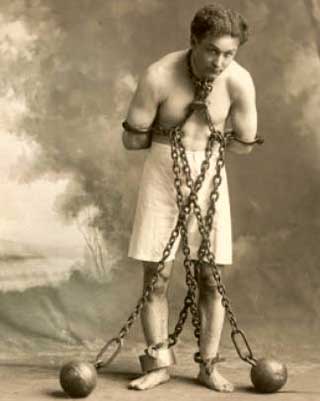 Because the sheriff and his prisoner had arrived near the lunch hour, the locksmith instructed the boy to get a hacksaw and cut the handcuffs off while he and the sheriff went out for a drink. The boy frantically sawed away at the hardened metal cuffs, breaking several saw blades in the process. The last broken blade had very nearly cut the man’s hand, earning the boy a sharp, ominous threat from the man. In nearly an hour, the boy hadn’t made even a dent in the cuffs, and his boss was due back in a few minutes. The boy didn’t like the idea of setting this man loose in a store that sold, among other things, pistols and derringers, but times were hard then. He was lucky to have a job, and his desire to please his employer was stronger than his fear of the man.
Because the sheriff and his prisoner had arrived near the lunch hour, the locksmith instructed the boy to get a hacksaw and cut the handcuffs off while he and the sheriff went out for a drink. The boy frantically sawed away at the hardened metal cuffs, breaking several saw blades in the process. The last broken blade had very nearly cut the man’s hand, earning the boy a sharp, ominous threat from the man. In nearly an hour, the boy hadn’t made even a dent in the cuffs, and his boss was due back in a few minutes. The boy didn’t like the idea of setting this man loose in a store that sold, among other things, pistols and derringers, but times were hard then. He was lucky to have a job, and his desire to please his employer was stronger than his fear of the man.
There had been a good reason his father had arranged the apprenticeship for the boy with the locksmith and a good reason the locksmith had taken the boy on—he was good with locks. As a youngster, he used to lock and unlock all the cabinets and cupboards in his house using a small common tool—a buttonhook. In fact, he was notorious for being the little boy who’d unlocked the doors of all the shops in his hometown one evening. That day when he failed to saw off the handcuffs, he decided that if he couldn’t defeat the cuffs by hacking them off, maybe he could pick the locks. That was not what his employer had asked him to do, but it was the only alternative he knew.
He clipped off a piece of piano wire and fashioned it into an appropriately sized tool. Then he paused. The last thing he wanted was for this criminal to see what he was about to do.
“Do you mind looking the other way?” he asked gently.
“Like hell I can,” the man responded.
After the boy worked on the first cuff for about a minute, it suddenly clicked open. It took him half that time to open the second cuff.
The locksmith and the sheriff returned just as he was finishing. The prisoner was still sitting there, stunned at what the boy had done. He picked up the cuffs and looked them over carefully. When the locksmith suddenly realized the boy hadn’t cut the cuffs off, he took them from the giant and looked at them in amazement.
“That is good work, Ehrich. That is damned good work.”
Ehrich would go on to become a great locksmith, the best the world has ever seen. There wasn’t any kind of lock that he couldn’t defeat, but he specialized in handcuffs. He opened locks and handcuffs all over the world. He escaped from many unusual situations—he was locked in prison cells, mailbags, straight-jackets, and coffins. He could even escape being locked in a large milk can filled to the top with water. And nobody ever knew his secret.
Well, that’s not exactly correct. Ehrich was forced to reveal something to the prisoner that day. He’d seen a great secret which made that young boy into a world famous man and an iconic figure. Ehrich said of the prisoner years later, “He is the only person in the world besides my wife who knows how I open locks, and I have never heard from him since.”
That boy would grow into the man known the world over by a single name—Houdini.
Ehrich Weisz was born on March 24, 1874, in Budapest, Hungary, to Rabbi Mayer Samuel Weisz and Cecilia Steiner Weisz. Hoping to secure a better life for his family, Mayer immigrated to America and changed his last name to Weiss.
Through a friend, Weiss gained a job serving as a rabbi to a small Jewish congregation in Appleton, Wisconsin. His family 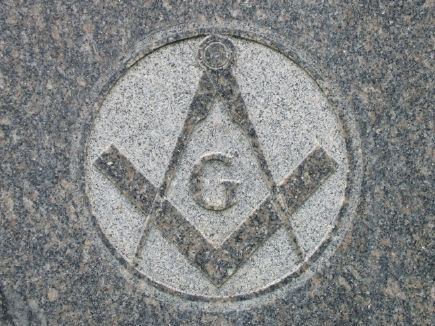 followed him to America in 1876. Because Mayer Weiss’s religious views were considered old-fashioned by the Appleton congregation, he was dismissed from his position. The family moved to Milwaukee when Ehrich was about eight. The times were difficult. From a young age, Ehrich helped out by working. He sold newspapers and shined shoes to help support the family. When he was not working, Ehrich practiced acrobatic stunts. His first public performance was when he was nine years old. He hung on a trapeze suspended from a tree while wearing red socks made by his mother. He billed himself as “Ehrich, the Prince of the Air.”
followed him to America in 1876. Because Mayer Weiss’s religious views were considered old-fashioned by the Appleton congregation, he was dismissed from his position. The family moved to Milwaukee when Ehrich was about eight. The times were difficult. From a young age, Ehrich helped out by working. He sold newspapers and shined shoes to help support the family. When he was not working, Ehrich practiced acrobatic stunts. His first public performance was when he was nine years old. He hung on a trapeze suspended from a tree while wearing red socks made by his mother. He billed himself as “Ehrich, the Prince of the Air.”
At age twelve, Ehrich ran away from home, hopping a freight car to Kansas City. A year later, he re-joined his family, who were by then living in New York City but still struggling to survive. In New York, Ehrich and his younger brother, Theo, began to pursue their interest in magic. Ehrich’s idol was the great French magician Robert Houdin. When Ehrich started performing magic, he added an “i” to the end and began billing himself as “Houdini.” He undoubtedly got the “Harry” because it sounded much like his childhood nickname Ehrie.
Harry Houdini began his professional career at age seventeen, doing magic shows in music halls, at sideshows, and at the amusement park on New York’s Coney Island. It wasn’t unusual for him to perform twenty shows each day. For a short time, he worked with Theo, billed as the Houdini Brothers. But when Harry met Beatrice “Bess” Raymond, a teenager who was also attempting a career in show business, she joined the act as Harry’s new partner, and Theo started a solo career as a magician under the name “Hardeen.” Harry and Bess married in 1894, remaining devoted companions and partners for the rest of their lives.
In 1895, the Houdinis joined the Welsh Brothers Circus. Harry did magic while Bess sang and danced. Together they performed a trick called “Metamorphosis,” where Harry and Bess switched places in a locked trunk. Harry wasn’t satisfied with his small act. He continued to work on new tricks and to develop his showmanship. He also became an expert at escaping handcuffs. Arriving in a new town, Houdini would claim he could escape from any handcuffs the local police had—and he did. These publicity stunts were excellent advertising for his shows. Houdini offered $100 to anyone who could provide handcuffs he couldn’t get out of, but he never had to pay that reward.
As his name and reputation spread, Houdini decided to take his show on the road to Europe. In 1900, Harry and Bess sailed to England with no bookings and only enough money to survive a week, but Houdini was able to get an engagement at a London theater. After one particularly successful stunt, he found himself booked solid. Sold-out shows followed all over Europe. Wherever he went, he repeated the stunt. He called upon local police to restrain him in any way they could think up, but he escaped from all of them.
By the time Houdini returned to the United States in 1905, he was an international celebrity. Among the stunts performed in America were escaping from prison cells, squirming from straitjackets while suspended upside-down, and jumping into rivers from bridges while chained and handcuffed.
His death-defying stunts and showmanship also extended to his famous milk can escape. Houdini was cuffed and shackled, lowered into an oversized milk can that was filled to overflowing with water, and then hidden by a curtain. Before he submerged himself and the can was sealed, he would ask the audience members to take a deep breath and hold it as long as they could. As the members of the audience, red-faced, could hold their breath no longer, they realized that if they were in the milk can, they would be drowning, and yet Houdini remained trapped. Hidden behind his curtain, Houdini was able to escape in three minutes, but he frequently stayed behind the curtain for much longer to make his re-appearance all the more dramatic.
Harry and Bess lived in a large house they purchased in New York when they weren’t traveling. They never had children, but Harry’s mother lived with them until she died in 1913. Her death was the greatest tragedy of his life. For weeks afterward, he made almost daily visits to the cemetery. He said in a speech to the Magician’s Club, “It seemed the end of the world when she was taken from me.” Eventually, Houdini was able to return to work, but he continued to mourn his mother for the rest of his life.
Partly as a result of his mother’s death, Houdini renewed an early interest in spiritualism, the ability to communicate with the dead. Houdini wanted to believe that such communication was possible, but after many years of tricking people, he knew a trick when he saw one. He went on a crusade against phony spiritualists. He felt they were profiting by preying on people who, in their mourning, wished for nothing more than to talk again with their departed relatives. He often passed up better-paying opportunities to lecture on the subject, and he unmasked many frauds in the cities he visited. In his own act, Houdini often recreated many of the tricks the charlatans used to trick people at a séance into believing they were making contact with spirits from beyond the grave. Houdini had a standing offer of $10,000 to anyone who could produce a result in a séance that he couldn’t reproduce himself using magic and trickery. No one ever collected that reward either.
Houdini did believe contact with the dead was possible, but he didn’t believe that most of the mediums claiming to be able to make that contact were legitimate. Because of his interest in spiritualism, Houdini developed a close friendship with the creator of Sherlock Holmes, author Sir Arthur Conan Doyle, who was a true believer in spiritualism. In fact, Doyle was convinced that Houdini employed psychic powers to perform his remarkable escapes. Houdini denied that he had such powers. He even tried to explain to Doyle how he actually did some of the things he was able to do, but Doyle didn’t believe him. Eventually, this rift over spiritualism and psychic ability ended their friendship.
When America entered the First World War, Houdini attempted to enlist in the army, but at forty-three, he was rejected as being too old. Unable to fight, Houdini found other ways to serve. He entertained the troops by performing free shows and organized Liberty Bond shows to help finance the war.
In the fall of 1926, Houdini put together a new show and took it on the road. It was an elaborate, two-and-a-half-hour show that required Houdini to be on stage almost the entire time. The highlight of the show was the Chinese water torture escape, which had become one of Houdini’s most famous stunts. In that escape, Houdini’s hands and feet were bound while he was lowered, upside down, into a glass tank filled with water. The tour seemed plagued by bad luck from the beginning. The first bad luck was when Bess contracted food poisoning. Houdini stayed awake all night by her side. By the time they reached the next town, Houdini had gone three nights in a row without sleep. Then, during another show, he broke his ankle during the Chinese water torture escape. Houdini was used to working with injuries and completed the show, but the pain from his ankle was excruciating, and he was awake all night. Even so, the show must go on, and the tour proceeded.
Houdini stuck to his schedule, which included giving a lecture at McGill University. The next day, several students from the lecture were chatting with Houdini in his dressing room. One of the students, an amateur boxer, asked if it was true that Houdini could withstand any blow to his body above the waist. Houdini admitted that it was true and, despite his weakened condition, gave the student permission to test him. As Houdini began to rise from the couch where he was sitting, the student dealt him several sharp punches in the stomach before he had time to tighten his abdomen. The blows caused Houdini a great deal of pain, which persisted until his show that afternoon.
The next day, he was no better. By then, he was also suffering from chills and sweating. Houdini performed two shows, and the company moved on to Detroit, Michigan. Still in pain and feeling worse all the time, Houdini finally saw a doctor, who urged him to go immediately to the hospital, but he refused. Only after completing the show did Houdini finally agree to go to the hospital. He was in bad shape. When the doctors operated on him, they found that his appendix had burst, causing peritonitis, a usually fatal disease in the age before antibiotics.
Houdini was given little hope of surviving even after a second operation. Realizing he was near death, Houdini shared a secret message with Bess to be used as proof of his identity in the event that he was able to communicate with her from beyond the grave. Harry Houdini died on Halloween, 1926. Despite annual séances on the anniversary of his death, Bess was never able to contact him. She died in 1943.
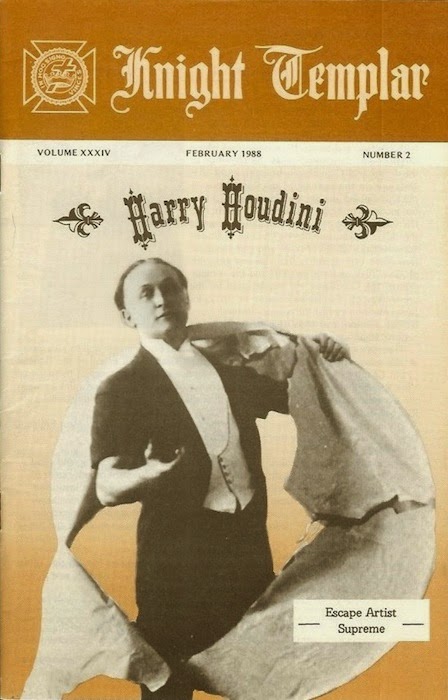 Without question, Houdini was one of the greatest magicians and showmen in history. He continues to fascinate magic aficionados. His famous tricks have been done over and over by many of the talented magicians that followed. Some of the tricks have been updated and modernized over time, but by their death defying nature alone, they are still very much identifiable as belonging to Houdini. The great magicians who have kept Houdini’s spirit alive by continuing to bring these illusions and tricks to new audiences do so not to outdo Houdini but to honor his great mastery of the craft.Brother Harry Houdini became a Mason in St. Cecile Lodge No. 568, New York, New York, in 1923. He received his Entered Apprentice Degrees on July 17 and his Fellow Craft Degree on July 31. He was raised a Master Mason on August 21, 1923. He became a life member on October 30, 1923. He was also a member of the Shrine Temple.
Without question, Houdini was one of the greatest magicians and showmen in history. He continues to fascinate magic aficionados. His famous tricks have been done over and over by many of the talented magicians that followed. Some of the tricks have been updated and modernized over time, but by their death defying nature alone, they are still very much identifiable as belonging to Houdini. The great magicians who have kept Houdini’s spirit alive by continuing to bring these illusions and tricks to new audiences do so not to outdo Houdini but to honor his great mastery of the craft.Brother Harry Houdini became a Mason in St. Cecile Lodge No. 568, New York, New York, in 1923. He received his Entered Apprentice Degrees on July 17 and his Fellow Craft Degree on July 31. He was raised a Master Mason on August 21, 1923. He became a life member on October 30, 1923. He was also a member of the Shrine Temple.
SOURCE: Excerpt from Todd E. Creason’s award winning book Famous American Freemasons Volume II.
Todd E. Creason, 33° is the founder of the Midnight Freemasons blog and continues to be a regular contributor. He is the author of several books and novels, including the Famous American Freemasons series. He is member of Homer Lodge No. 199, and a Past Master of Ogden Lodge No. 754 (IL). He is a member the Scottish Rite Valley of Danville, the York Rite Bodies of Champaign/Urbana (IL), the Ansar Shrine (IL), Eastern Illinois Council No. 356 Allied Masonic Degrees, and Charter President of the Illini High Twelve in Champaign-Urbana (IL). You can contact him at: [email protected]
ORIGINAL ARTICLE LINK TO THE MIDNIGHT FREEMASONS

Moe is the founder of GnosticWarrior.com. He is a father, husband, author, martial arts black belt, and an expert in Gnosticism, the occult, and esotericism.

